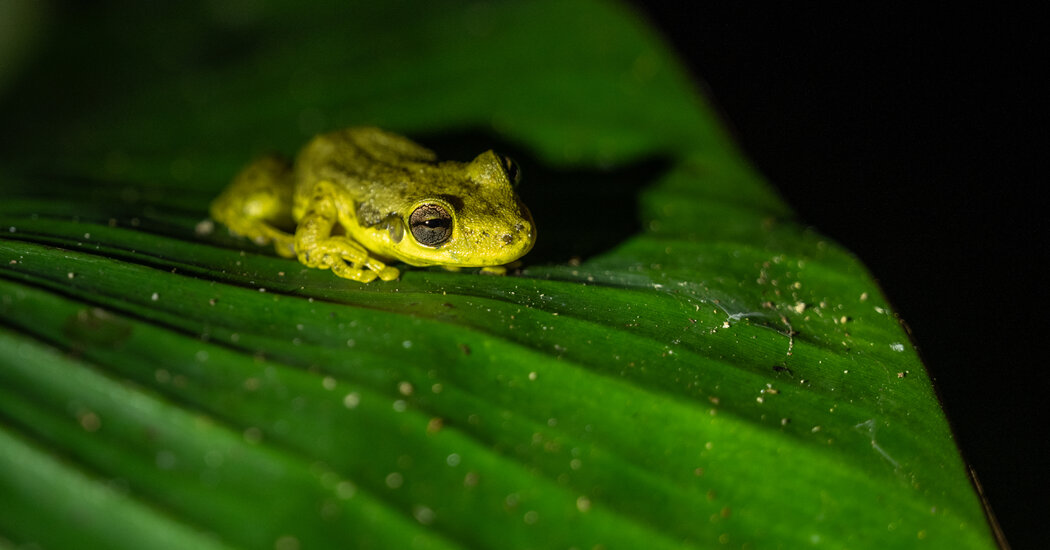The results from an important ongoing assessment look grim. But the survey is often misunderstood.
Wildlife populations around the world continue dropping precipitously, according to an important but limited and often misinterpreted assessment that’s issued every two years.
The declines reported by the Living Planet Index, a collaboration between two large conservation organizations, have been so steep as to feel disorienting. This year is no exception: A reduction of 73 percent in the average size of monitored wildlife populations in a mere 50 years, from 1970 to 2020. The previous figure was similar, a 69 percent decline through 2018.
But the findings do not mean that wildlife in general has dropped by that much.
This year’s index was based on evidence from 34,836 local populations of 5,495 species, all of them vertebrates: mammals, birds, fish, amphibians and reptiles. Changes in tiny populations can have outsized effects on the global count because they are averaged together with much larger ones. But beyond that, the data is too varied and inconsistent to make confident estimates, some researchers say.
These limitations mean the index’s figures should not be used as an overall measure of biodiversity loss, said Walter Jetz, a professor of ecology at Yale who studies changes in global biodiversity and is not affiliated with the effort. Still, he said, the underlying database provides a valuable contribution, especially in identifying populations in need of further attention. And the bigger problem it points to is very real.
“There is no doubt that species populations are declining at alarming rates,” Dr. Jetz said.
David Murrell, a biology professor at University College London who focuses on quantitative approaches, partnered with the authors of the Living Planet Index on an assessment of its reliability. They found that the index would need more data to increase confidence in the estimates, especially for amphibians and reptiles, and more generally in the global south. Nonetheless, the index is “one of our best guesstimates for the trends in animal groups,” Dr. Murrell said. “It is not perfect, but no perfect methods exist.”
A recent study raised issues with the way the index is calculated, saying it overrepresented declines. The Living Planet authors have defended their approach and are preparing a rebuttal.
